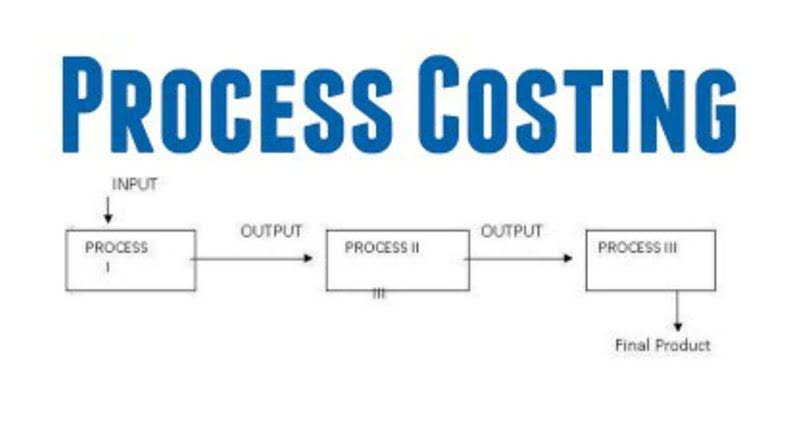
Preparing a trial balance for a company serves to detect any mathematical errors that have occurred in the double entry accounting system. If the total debits equal the total credits, the trial balance is considered to be balanced, and there should be no mathematical errors in the ledgers. However, this does not mean that there are no define balancing in accounting errors in a company’s accounting system. For example, transactions classified improperly or those simply missing from the system still could be material accounting errors that would not be detected by the trial balance procedure. The opposite is true when the total credit exceeds total debits, the account indicates a credit balance.
County Candidates: Responses to Public Questions News … – Chatham Star-Tribune
County Candidates: Responses to Public Questions News ….
Posted: Sat, 04 Nov 2023 07:00:00 GMT [source]
When an account is reconciled, the statement’s transactions should match the account holder’s records. For a checking account, it is important https://www.bookstime.com/ to factor in any outstanding checks or pending deposits. Another way of performing a reconciliation is via the account conversion method.
Want More Helpful Articles About Running a Business?
A negative balance in a bank account is an overdraft situation, where the bank is lending money to the account holder on a short-term basis. The process is referred to as ‘balancing off accounts’ or balancing the ledger. Comparatively, account balances on credit cards show the total amount owed to the credit account at the beginning of a statement cycle. Also, any debt rolled over from previous months represents an account balance on credit. All of these products or services are prime examples of accounts payable. The companies usually do not pay for these services or products in cash, because it can impact the cash positions in the balance sheets of the company.
The revenues a company earns from selling the products are usually credit in accounts payables on the normal balance. This usually happens for the retailers, who sell the things they receive on credit to the consumer. To make sure that the company has enough money to give refunds, a balance sheet reserve of ₹1,00,000 is created. As customers demand refunds, Company ABC reduces the ₹1,00,000 reserve.
Equity / capital
A more in-depth analysis is always required if you want to determine the health of an investment or company. The best technique to analyze a balance sheet is through financial ratio analysis. With financial ratio analysis, you’ll use formulas to determine the financial health of the company. When investors ask for a balance sheet, they want to make sure it’s accurate to the current time period.
- This is recorded on the normal balance as a debit for the company according to the double-entry bookkeeping method.
- The ARPL is a coalition of various advanced professional groups including engineers, accountants, and architects.
- Large accounting solutions include Oracle, NetSuite, or Sage products.
- Current liabilities are customer prepayments for which your company needs to provide a service, wages, debt payments and more.
- I’d defined balance in my life by checking accomplishments off a list — having a specific job, volunteering at my sons’ schools, or running a race.
All revenues the company generates in excess of its expenses will go into the shareholder equity account. These revenues will be balanced on the assets side, appearing as cash, investments, inventory, or other assets. The normal balance is defined as the balance which would show either credit or debt when all the data from the journal is extracted. The normal balance is calculated by the accounting equation, which says that the assets of a company are equal to the sum of liabilities and shareholder’s equity. For accounts payable, the usual trend for the normal balance is usually credit. An account balance is the amount of money present in a financial repository during the current accounting period.

